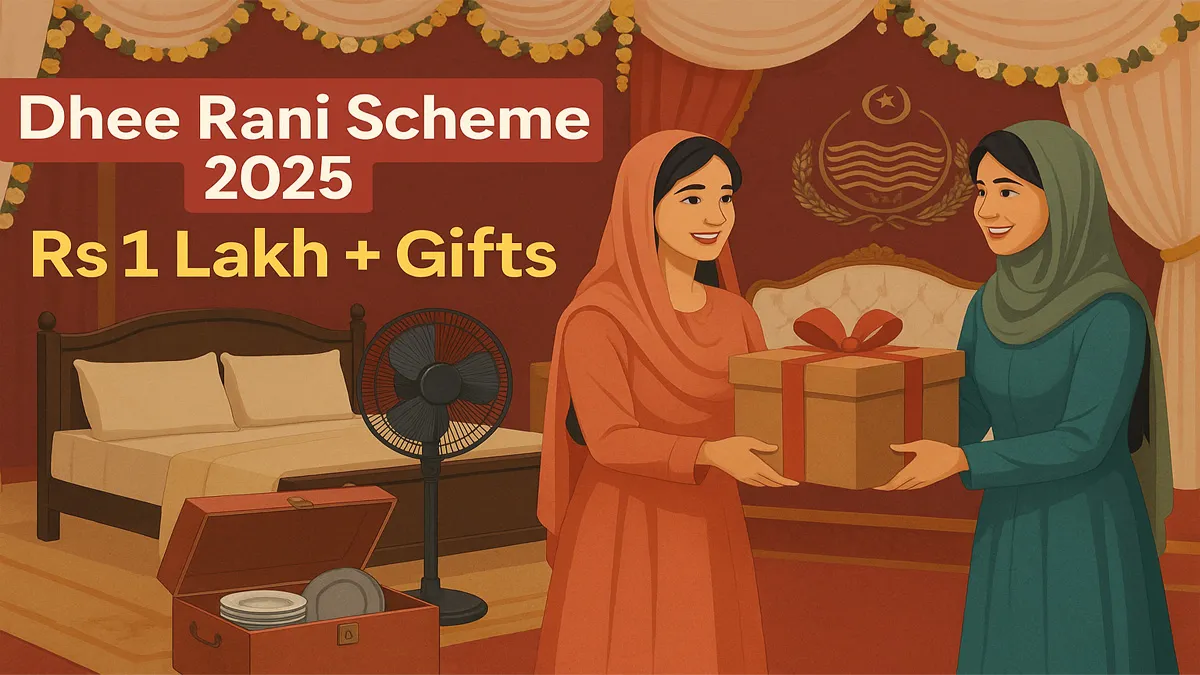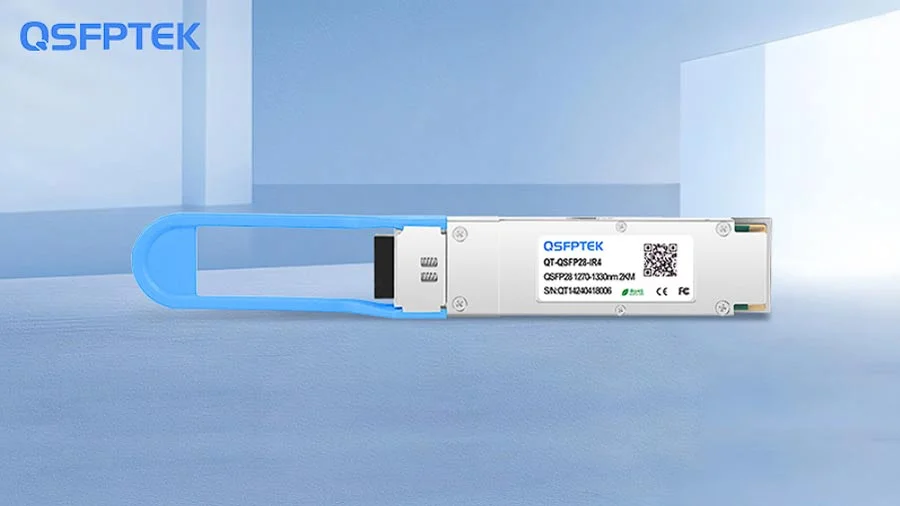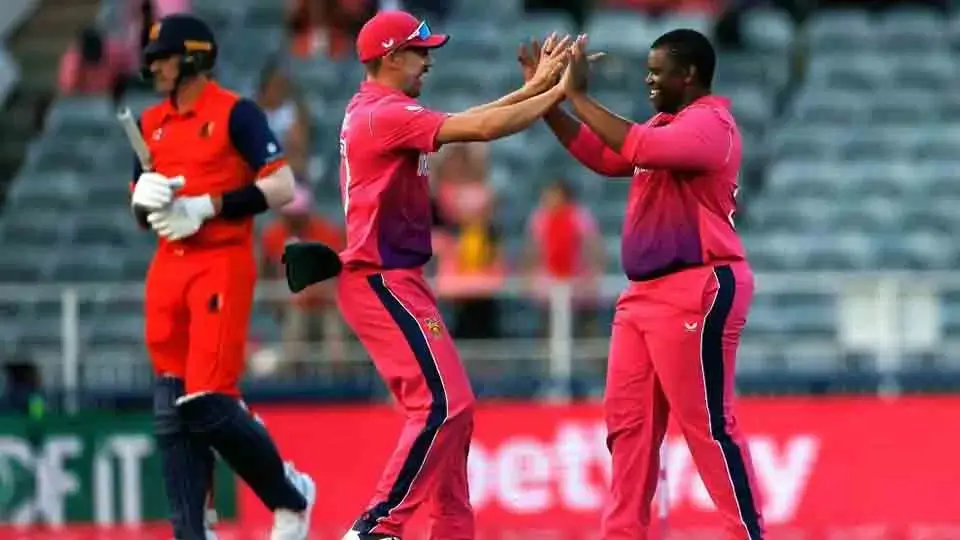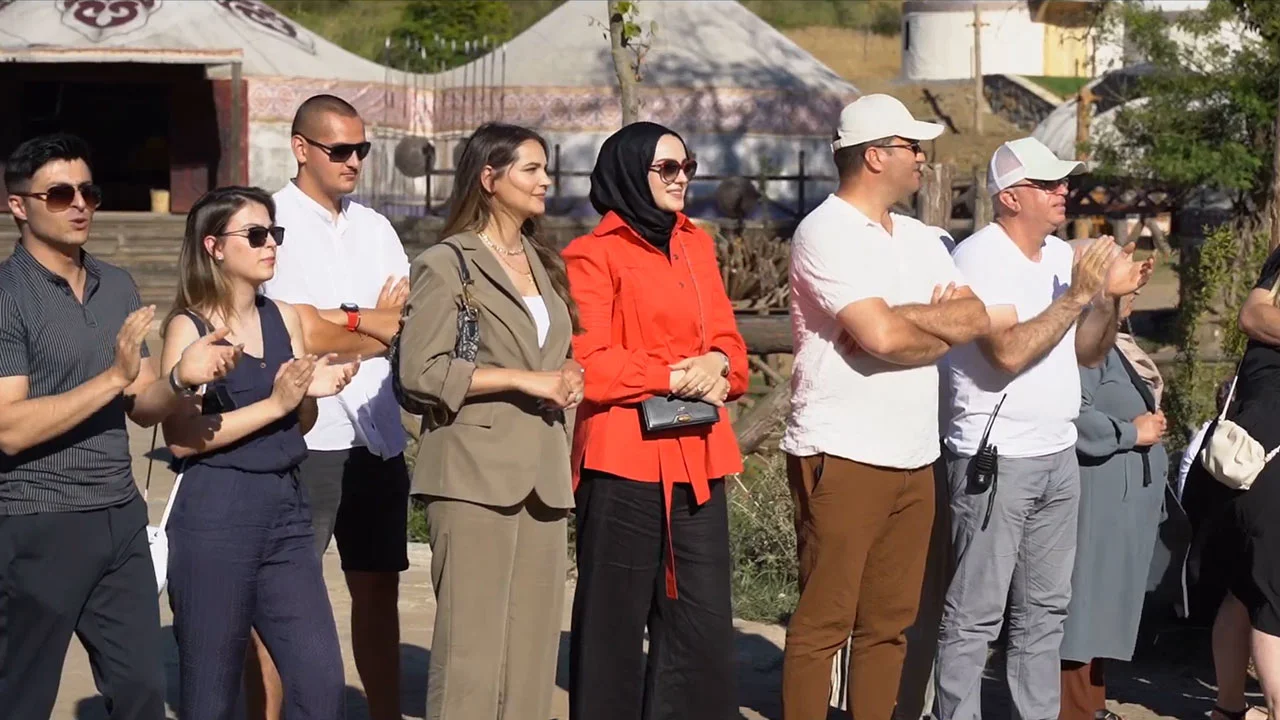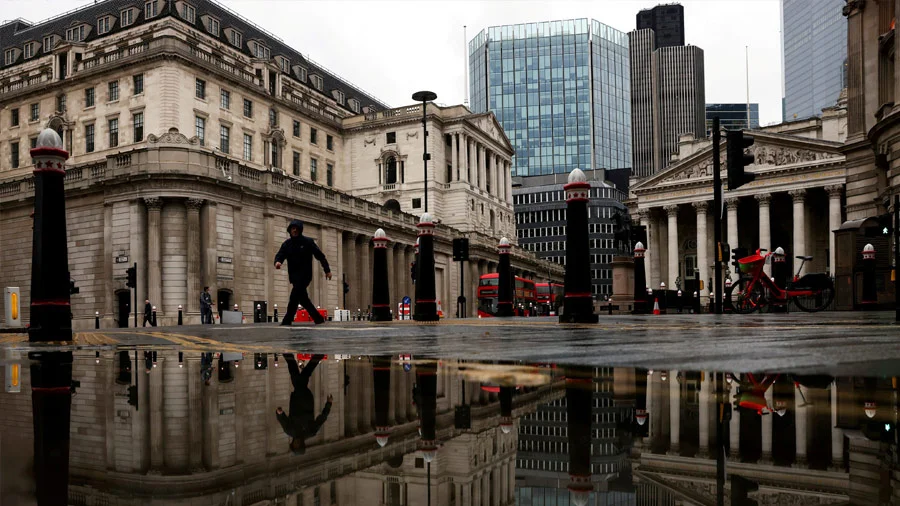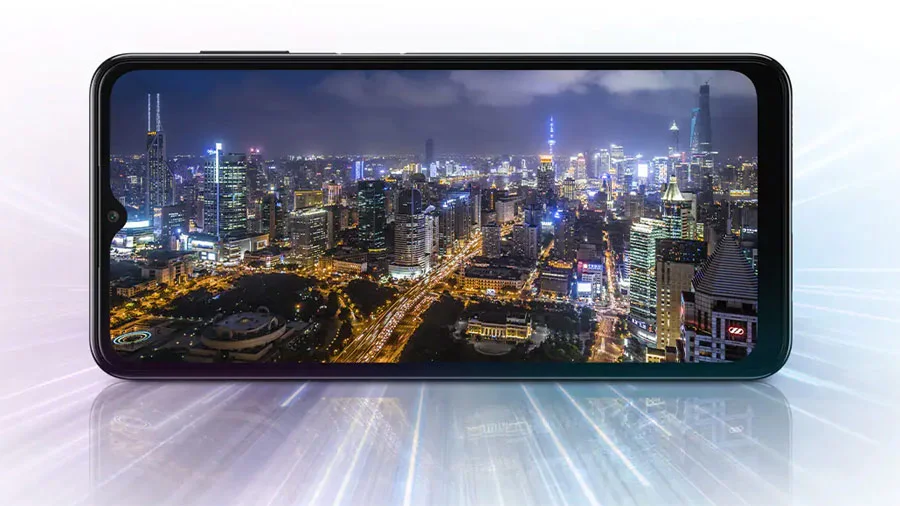CM Punjab Solar Panels Program: Roshan Gharana Scheme for Sustainable Energy in Punjab

Introduction
Energy crises present a significant hurdle to the progress of any state or province. In Punjab, the second most populous province of Pakistan, addressing the energy deficit is a priority. With 40.7% of the population residing in urban areas, the demand for electricity for both industrial and utility sectors is substantial. The Punjab Government, under the leadership of Chief Minister Mariam Nawaz Sharif, has launched the Roshan Gharana Scheme, a major initiative aimed at mitigating the energy crisis by providing solar energy panels to households.
- Energy Crises in Punjab
Punjab has faced serious energy deficits since the 1970s. Initially, electricity consumption accounted for 32% of the supply demand, a percentage that has since risen, exacerbating the province's economic challenges. Frequent blackouts in the industrial sector have significantly impacted Punjab's economic progress.
- Chief Minister's Initiative: Roshan Gharana Scheme
Chief Minister Mariam Nawaz Sharif has introduced the Roshan Gharana Scheme to address the energy deficit in Punjab. This historic initiative aims to provide solar energy panels to families, reducing the burden on the electricity production sector. The project has received final approval from the Punjab Cabinet and is designed to benefit both urban and rural areas of Punjab.

Program Details
- Financial Support
The Roshan Gharana Scheme will distribute solar energy panels to households consuming up to 500 electricity units. The government will cover 90% of the total cost of the solar panels, with the remaining 10% to be paid by the recipients. This payment plan includes a five-year installment procedure with a minimal interest rate, making the project feasible and reliable for the people of Punjab.
Application Procedure
- Eligibility Verification
Households using up to 200 electricity units will receive free solar panels. Those using between 200 and 500 units will receive interest-free solar panels, while households using over 500 units will pay a portion of the cost, with the government covering 75%.
- Application Submission
Applicants must send their electricity reference bill and ID card number to the toll-free number 8800. After registration, solar panels will be installed for utility use. e.g [Reference No.] SPACE [CNIC No.] SEND TO 8800
- Payment Plan
Selected households will pay 25% of the initial payment to the government through the National Bank of Pakistan and the Bank of Punjab. The payment will be spread over five years, with no interest applicable on the 25% initial amount.
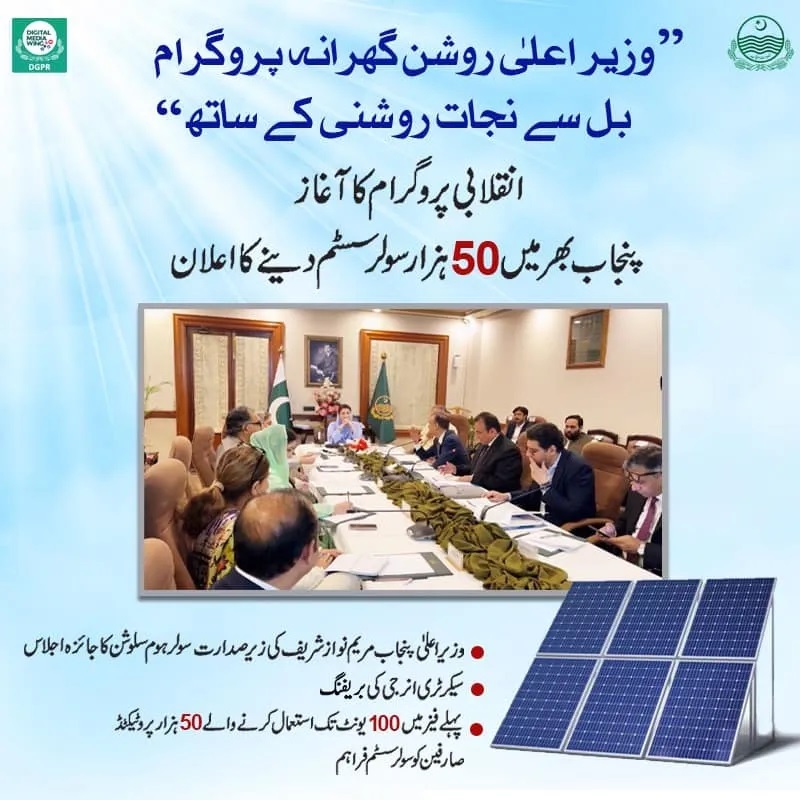
Eligibility Criteria
- Users of 50 or fewer units: Eligible for a 500-watt solar panel.
- Users of 50 to 100 units: Eligible for a 1-kilowatt solar panel.
- Users of 200 to 300 units: Eligible for an 1100-watt solar panel.
- Users of 300 to 400 units: Eligible for a 1650-watt solar panel.
- Users of 500 units: Eligible for a 2200-watt solar panel.
Additional eligibility criteria include registration with one utility meter and exclusion from receiving aid through governmental programs like the Benazir Income Support Program.
Implementation and Support
The Punjab Government is committed to the successful implementation of the Roshan Gharana Scheme. This includes providing technical support for installation and maintenance, financial assistance covering 90% of the costs, and conducting awareness campaigns to educate the public about the benefits of solar energy.
Future Prospects
The Roshan Gharana Scheme promises a brighter and more secure future for Punjab. Official meetings on the project were conducted on July 9, 2024, marking the beginning of a new era of energy independence for the province. By empowering households with solar energy, the Punjab Government aims to build a self-sufficient energy-producing region, benefiting both the government and the state collectively.
Governmental Stance
The Punjab Government is keen and excited about this initiative, which promises long-lasting results with minimal investment. The government vows to support its citizens during times of need and to lead Punjab towards a successful and illuminated future, free from the previous energy crises.
Conclusion
The Roshan Gharana Scheme is a remarkable and significant energy initiative addressing the urgent need for sustainable energy sources. By providing solar panels to households, the Punjab Government is strengthening local communities and paving the way for a more committed and secure future. This project underscores the government's progress in public affairs and its dedication to addressing local issues, leading to a brighter and more sustained Punjab.
References:

